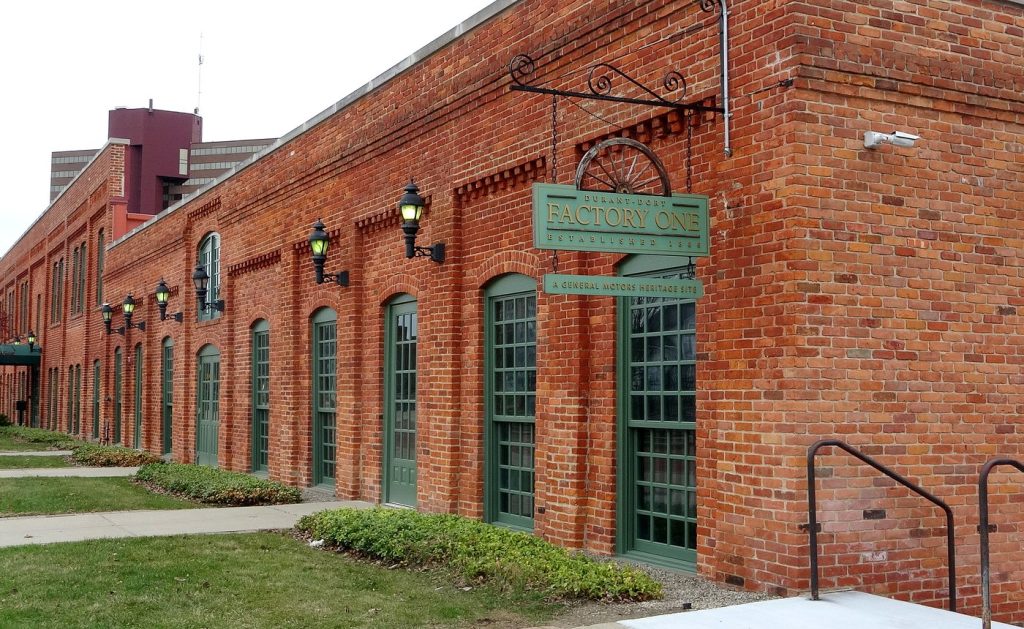The city of Flint, Michigan, holds a significant place in the history of the American automobile industry, with Factory One, a two-story red brick building, being the birthplace of General Motors. Despite its rich automotive heritage, Flint faces challenges as the number of automotive jobs has been steadily declining for decades. The introduction of U.S. President Donald Trump’s automobile tariffs aimed to resurrect these jobs. However, experts suggest that these levies, especially those directed at Canada and Mexico, may render the North American auto industry less competitive by increasing vehicle costs.
Concerns are palpable among Michiganders, as nearly 20 percent of the state's economy is heavily tied to the automobile sector, which now faces tariffs from multiple sources. The steel and aluminum necessary for vehicle manufacturing are predominantly imported, particularly from Canada, which is subject to a 25 percent tariff under Trump’s policy. Additionally, Michigan is affected by a 10 percent universal tariff and steep tariffs of up to 145 percent on Chinese imports. Maurice Pope, a local community member, voiced his confusion regarding the strategy that could potentially devastate the integrated North American automobile market.
Flint, historically known as "Vehicle City," transitioned from producing horse-drawn carriages in the late 1800s to becoming a core hub for the early 20th century automobile sector. By the 1960s, the Big Three automakers—Ford, General Motors, and Chrysler—dominated approximately 90 percent of the U.S. auto market, providing stable employment to countless residents. Chris Douglas, an economics professor at the University of Michigan-Flint, highlighted that high school graduates could easily secure well-paying factory jobs, which allowed families to purchase homes and invest in further education for their children.
During its peak, General Motors was a major employer, directly hiring half of Flint's population. The relationship between the U.S. and Canada's automobile sectors was formalized by the 1965 Auto Pact trade agreement. However, various challenges arose, such as the oil market shocks in the 1970s, which shifted consumer preference away from gas-guzzling vehicles. Douglas noted that Japanese manufacturers began gaining market share due to their superior fuel efficiency and quality, leading to significant layoffs and closures in American auto manufacturing during the 1980s, necessitating intervention from Reagan’s administration.
The impact of the North American Free Trade Agreement (NAFTA) on the U.S. auto industry has been criticized by United Auto Workers President Shawn Fain, despite evidence that the decline had begun prior to its implementation in 1994. Jobs eventually flowed to Mexico and lower-cost U.S. states. This trade agreement was renegotiated under Trump's administration, resulting in the Canada-U.S.-Mexico Agreement, which aimed to provide additional protections for the auto industry.
Although Fain supports automobile tariffs, he expressed concerns about the erratic nature of trade policies from the Trump administration, particularly when used for political leverage. Douglas emphasized the ongoing trend of automation in manufacturing, indicating that even if tariffs manage to bring some factories back, employment levels will not return to their mid-20th century heights due to increased production efficiencies.
The Anderson Economic Group, a consulting firm based in Michigan, estimated that Trump’s tariffs could potentially increase the price of American cars by an additional $5,000 and up to $12,000 for larger SUVs. Douglas warned that escalating costs could eventually discourage American consumers from purchasing new vehicles. Moreover, retaliatory duties from Canada, aimed at U.S. auto tariffs, may force American automakers to search for new customers domestically, presenting further financial challenges.
Despite the present difficulties, thousands remain employed at Flint Assembly, the longest-running General Motors assembly plant in North America. Community members stress the importance of these tariffs in potentially bringing back jobs to the city of approximately 79,000 residents, yet many harbor fears of job losses and plant closures. Local resident Megan Heuninck, although not directly involved in the automobile industry, recognizes the widespread impact tariffs could have on the community’s economy.










